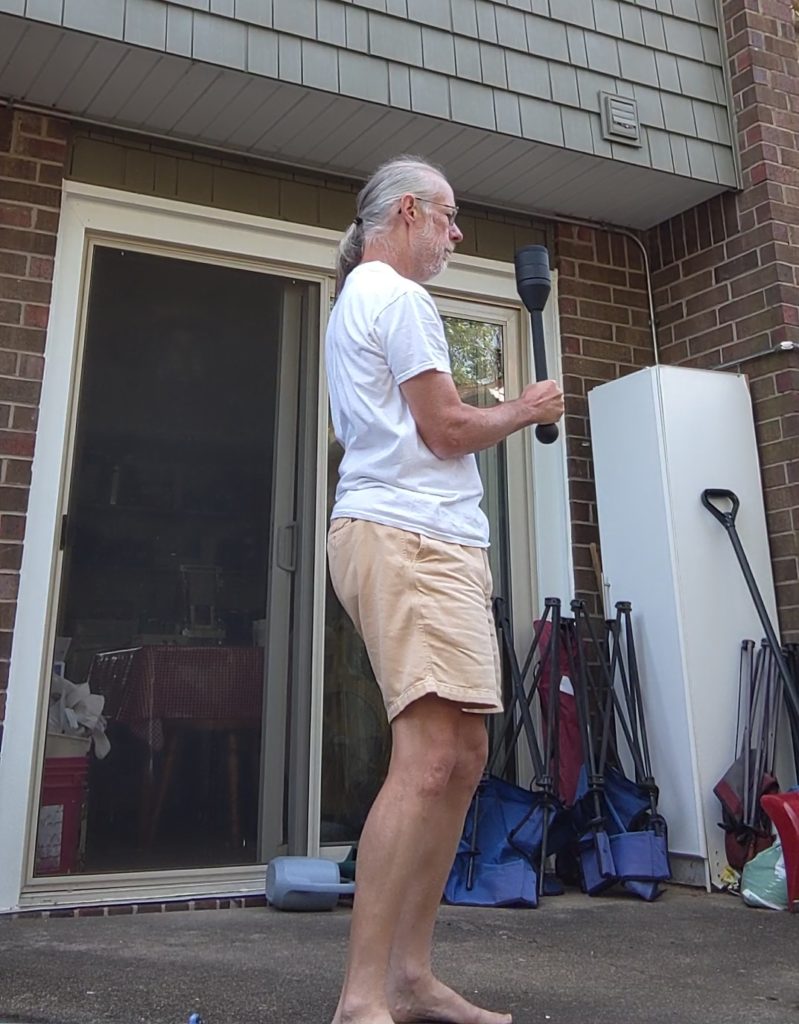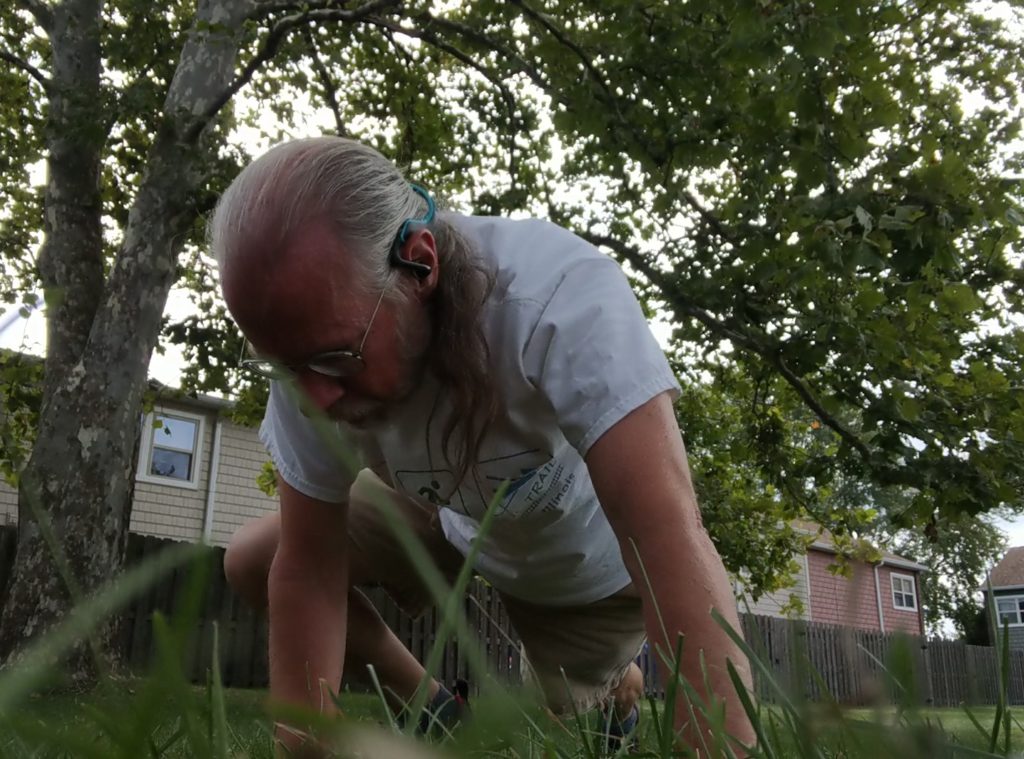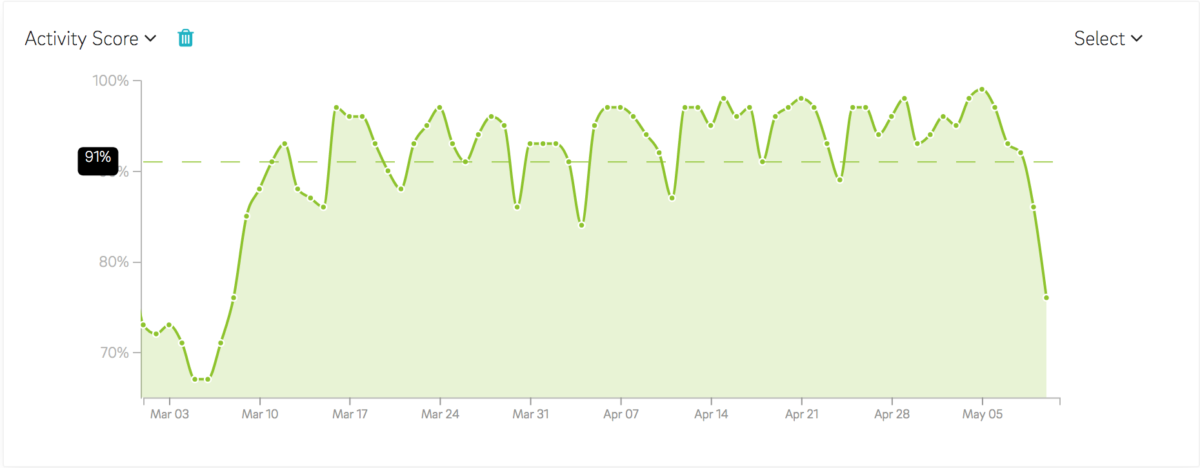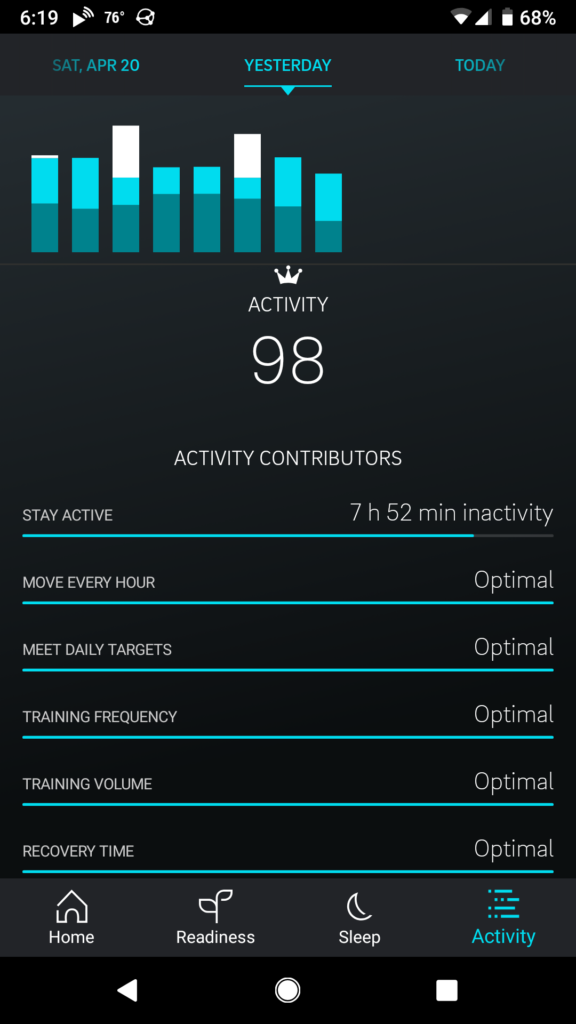For years now, I’ve been trying to figure out (and writing about figuring out) how to exercise in ways that support all the different things I want to do. My latest hobby, HEMA (sword fighting), has seemed like it required more support than most of my other activities, which prompted more (and more different) exercise than I’d been doing before. I’ve worried for a while that I was overdoing it, and I’m now pretty sure that’s been true.

The specific experiment that convinced me was skipping a few HEMA practice sessions. My HEMA club has two-hour practice sessions on Sunday, Tuesday, and Thursday. Two weeks ago I just wasn’t feeling it on Tuesday, and then again on Thursday. Each of those two days I skipped practice, but otherwise did my regular workouts—and started feeling more energetic each day. Last week I repeated that. Not only did I continue to feel better, I also was able to step up my regular workouts a bit.
I’ve had two specific issues: a sore elbow and a sore neck.
I’m pretty sure the sore elbow is not HEMA-related, but rather dog-walking related. I think I’ve fixed the issue with how I was handling the dog, but my elbow has been slow to recover—probably because of either how I was handling my longsword, or else how I was exercising to support my longsword training. Having taking a break from longsword training (just going on Sundays, when we’ve been doing rapier training), and having my elbow get much better, even while I continued doing the rest of my exercise regimen, I’m pretty sure it was the actual longsword training that was keeping my elbow from getting better. As I write this, it’s feeling entirely better.
The sore neck, I suspect, is also HEMA-related, I think due to the asymmetrical stance of longsword. (Rapier stance is even more asymmetrical, but I haven’t been doing it as long or as vigorously.) Anyway, after a couple weeks of less training, my neck was, and is, feeling much better.
Of course I’m doing all the regular stuff to enhance recovery: stretching, good diet, trying to get plenty of sleep, etc.
I’m still working toward a plan for exercise. My current thinking is to give up one of Tuesday or Thursday HEMA practice. Then I’ll do four days a week of general exercise focused on support for my HEMA activities: Specifically, I’ve started two different programs of steel club swinging, one 1-handed and the other 2-handed, with a plan to do each of those two days a week. That would add up to 4 days a week. Add to that 2 days a week for HEMA training, and I’d be exercising 6 days a week, with one day of complete rest.
No one day of that should be completely exhausting, so maybe I’ll be able to recover better than I have been.







